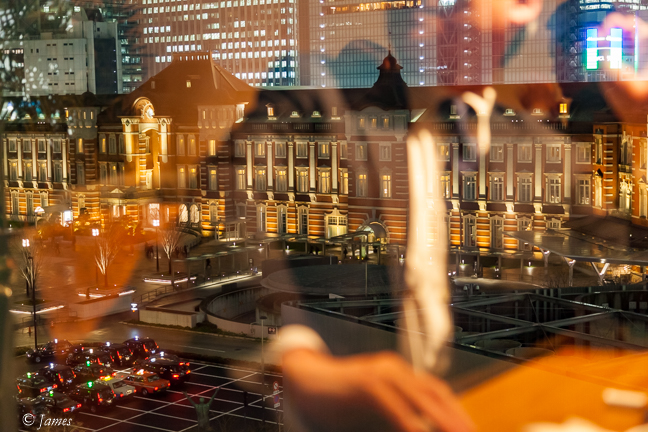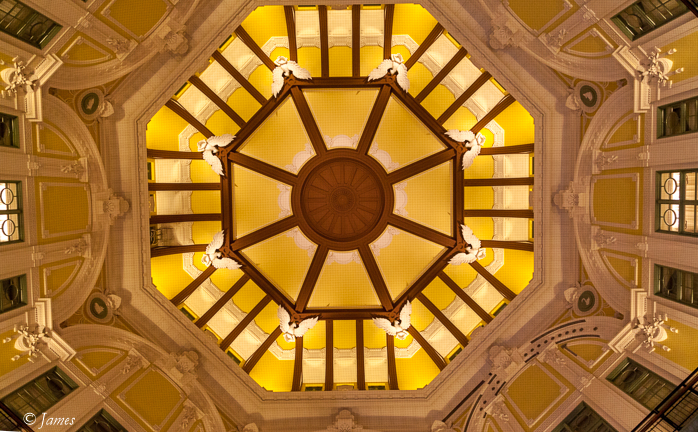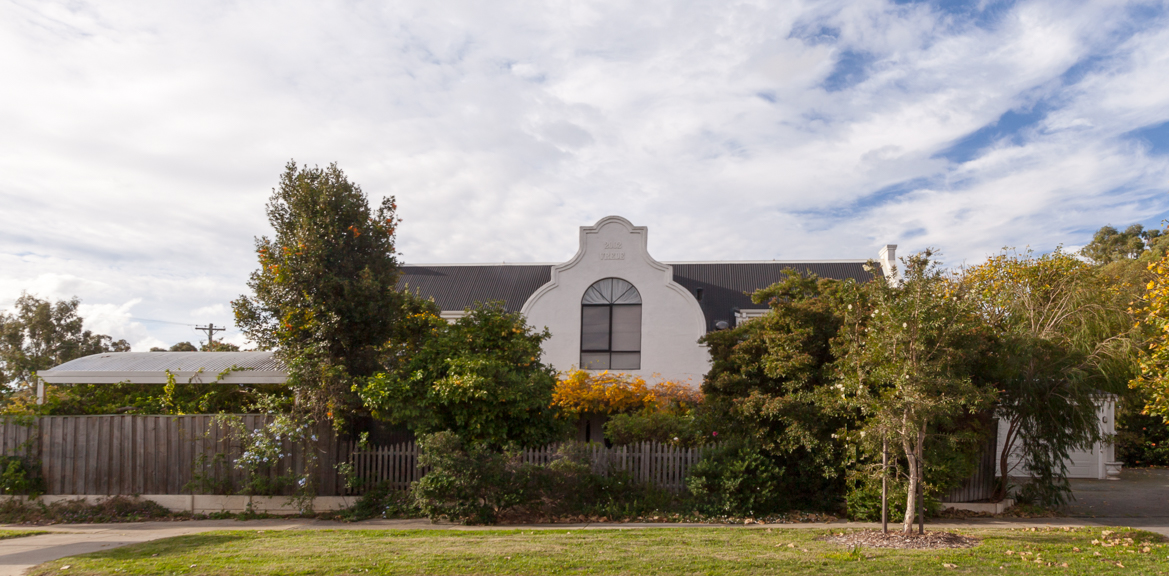As anyone who has travelled in Japan will tell you, the trains are the best way to get from A to B. However I struggled to decide how best to travel from Narita to Tokyo and Fujikawaguchiko. There are many trains, but they leave from several stations, and are not all direct. Busses are cheaper and faster, also from several stations. Then there are rental cars, but advice is that even locals avoid that in Tokyo. Google map provides the quickest train times between any two stations, but the web site http://www.hyperdia.com/en/ is even better.
Our 2hr bus trip from Kawaguchiko to Tokyo was uneventful; the bus was comfortable and fast; no issue about the bag space either though we nearly missed (again) as it wasn’t clearly marked as ours. The area is very hilly, forested apart for the villages in the valleys where the small, but often two story homes are crowded together, A small vege garden sometimes, often with solar panels, and on the hill slopes small solar farms. Tunnels are frequent, the 2 or 3 lane highway is excellent, overpasses form a tangled web, and speed limited to 80km. Approaching Tokyo the hills flatten out, and the road enclosed by high sound barriers as it passes closely between the flats and business buildings above ground level. Shinji (a friend here) had warned me that not even Japanese like to drive here and I can believe it.
We booked ‘the b tokyo suidobashi’ hotel 500m from the annual Quilt venue in the Tokyo Dome. Accommodation in Japan can be tricky for westerners! Rooms are often very small, a double bed may be smaller than you think, pushed up against a wall, or even a futon on the floor of reed matting. Finish quality is usually excellent though. The equivalent B & B in Japan is a Ryokan, beautifully built rooms, but with the futons. Capsule hotels are a popular cheap option – small ‘rooms’ stacked like bunks. Hotels vary from Hostels through mid-range ‘Business Hotels’ to luxury. Hot springs are common so hotels often have a ‘sauna’ pool space. I settled on the business hotels, making sure they have en-suite rooms with enough space to ‘swing a cat’!
Shinji met us at a Tokyo Station exit, and proceeded to walk us through the station underground.
The rails are below or above street level resulting in a lot of level changes. Even he realised it was not a good plan, as escalators and lifts are few but flights of stairs numerous. As a result, when we finally emerged from Suidobashi Station, we were exhausted, and still faced a 1km walk to the b Suidobashi hotel in a side street, and up an incline. While Hilary sat resting near, I walked ahead with the bags – and missed the street, resulting in extra walking. But we finally arrived together and collapsed on a soft bed pushed against the wall. So far, beds have been hard – this is firm but ok. The room is small, all I could book at the time, but as Shinji says, everything is small here, hence bonsai!
Shinji later ordered a taxi to meet us at the hotel at 5.40 and we three drove back to a conference centre overlooking the beautiful Tokyo station, where were joined by Ayako Sato who speaks good English, (amongst others), as Shinji’s speaking English is difficult, though he writes just fine. We had a great time sharing views, places, information etc – a very pleasant time indeed, and we hope to repeat it in March. In between, they are both travelling to Aus!
We completed the evening with a walk to the station to buy Suica cards to make the train process easier. These act as debit cards. Tomorrow we will try it out!

View from the Restaurant 
Station Dome
